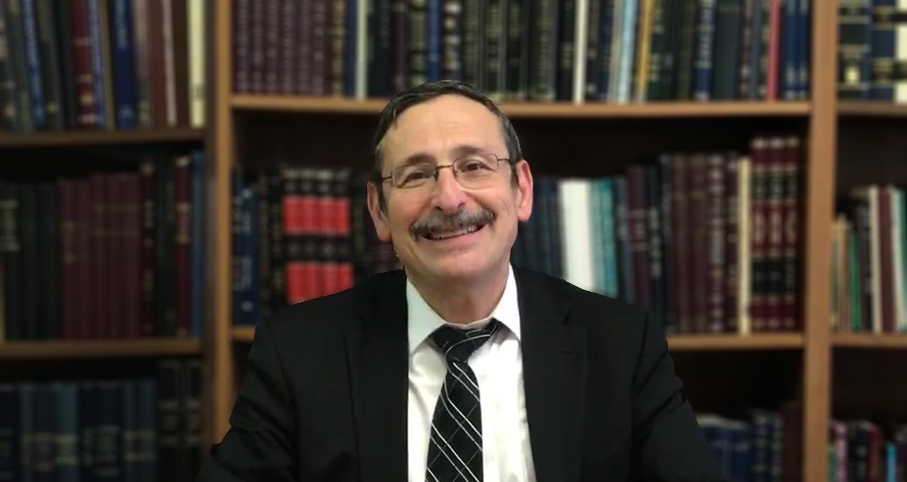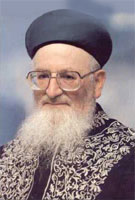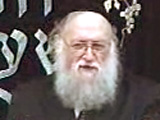Beit Midrash
- Torah Portion and Tanach
- Shmot
- Bo
- Sections
- Chemdat Yamim
- Parashat Hashavua
Let us take another look at Hashem’s varied and various messengers to implement His decrees. Last week, we spoke about dever, usually translated as pestilence. Rabbi Professor Avraham Steinberg says that dever, as found in Tanach and rabbinic literature, refers to an infectious disease caused by a microorganism, which was identified in 1894 by Dr. Alexander Yersin of the Pasteur Institute. Many connect it to the Bubonic Plague or the Black Death that ravaged Europe in the Middle Ages. The disease includes inflammation and high fever and is transferred with the help of rats.
In Melachim (II, 19:35-36) we learn of the angel who killed 185,000 soldiers of the Assyrian army and saved the besieged city of Jerusalem. Chazal tell us that this miracle happened on the night of Pesach. Who was this angel? Ibn Ezra’s approach is that whenever an angel is described as operating on earth, it is actually referring to a "natural" force that Hashem used to carry out His desire. The prophet, Yeshaya, in prophesying about this plague, spoke of a burning (see Yeshaya 10: 16-18). Chazal (Shemot Rabba 18:5) describe a burning of the inside of their body while their clothes remained intact outside, a description that has similarities to the disease we have referred to.
Of note is the Egyptian tradition, cited by Horoditus (II, 141) and Yosef ben Matityahu (Kadmoniyot X, 17-22), that the plague that killed the Assyrians was brought on by field rats. Combining all the indications, it is possible that both the pestilence in Egypt and the plague of the Assyrians were caused by rats that Hashem sent to afflict the Israelites’ enemies at the time and place that He prescribed. Not only were animals involved, directly, in the plagues of frogs and wild beasts of the Egyptians, but the rats could have been involved, somewhat less directly, in another plague. This fact could also add insight into the name of a prophetess who operated 100 years after the fall of the Assyrian army, Chulda (whose name means, rat).
Let us pray that we will continue to see miracles that Hashem brings for our benefit, which will be very welcome even if Hashem will send them within the framework of natural events.

Why in haste?
Rabbi Yosef Tzvi Rimon | 5778
Parashat Bo
The Torah's Vision of Our National Role
Rabbi Zalman Baruch Melamed | Tebet 5759

New Month, New Effort
Harav Shaul Yisraeli – from Siach Shaul, p. 214-215
Beit Din Eretz Hemda - Gazit | 5 Shvat 5784























